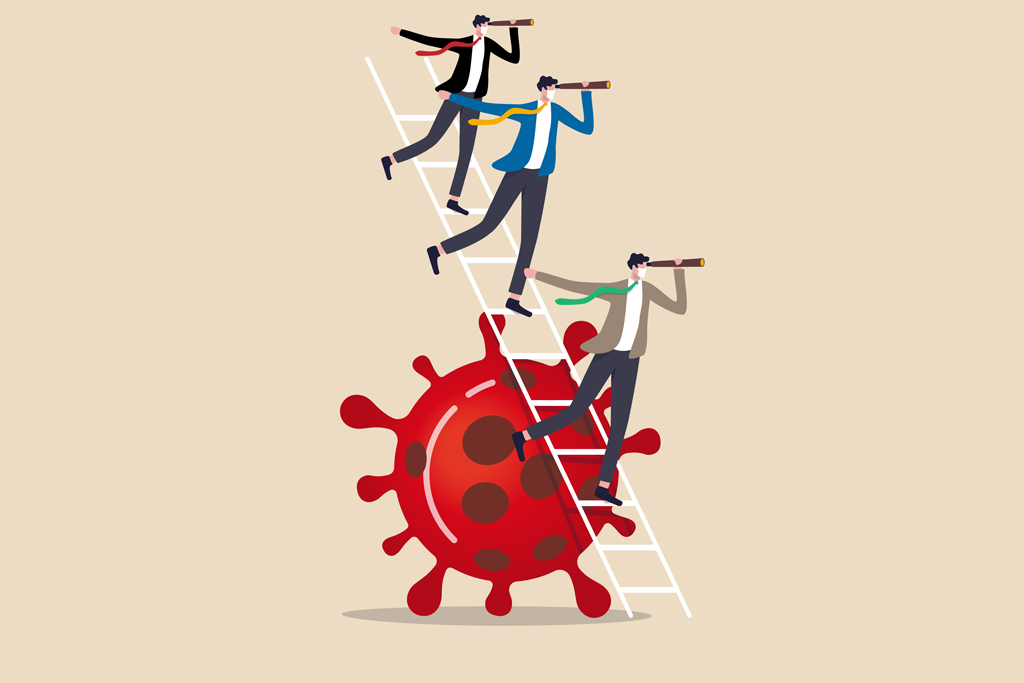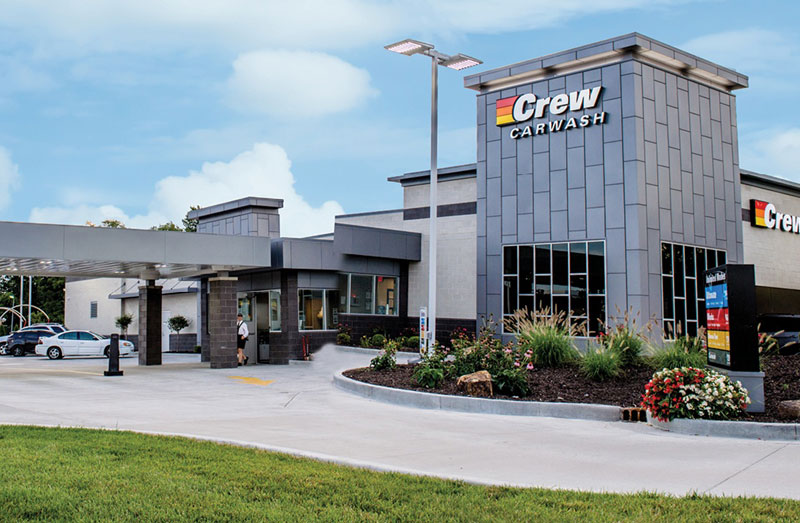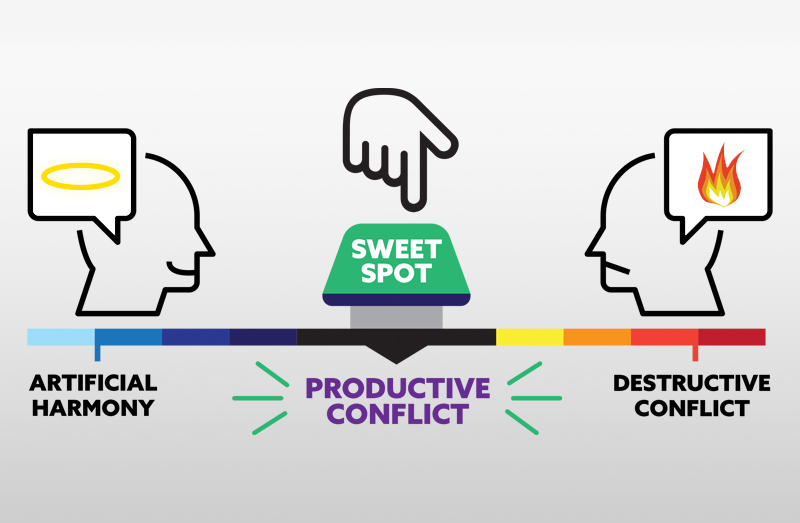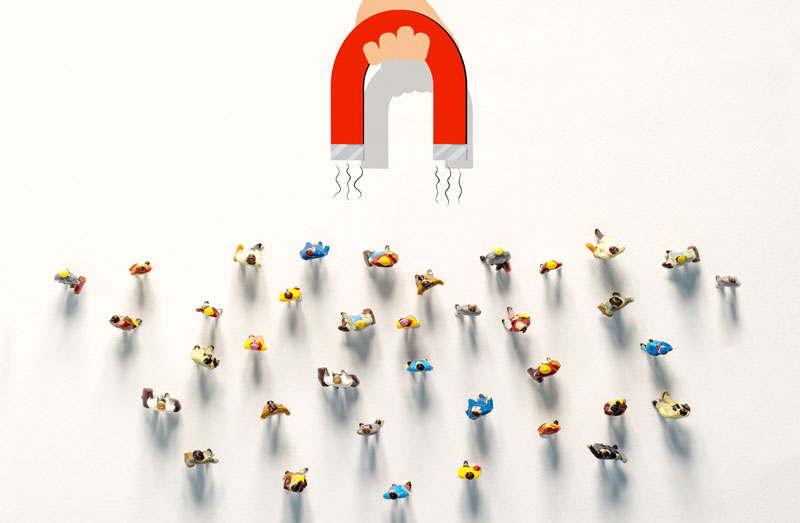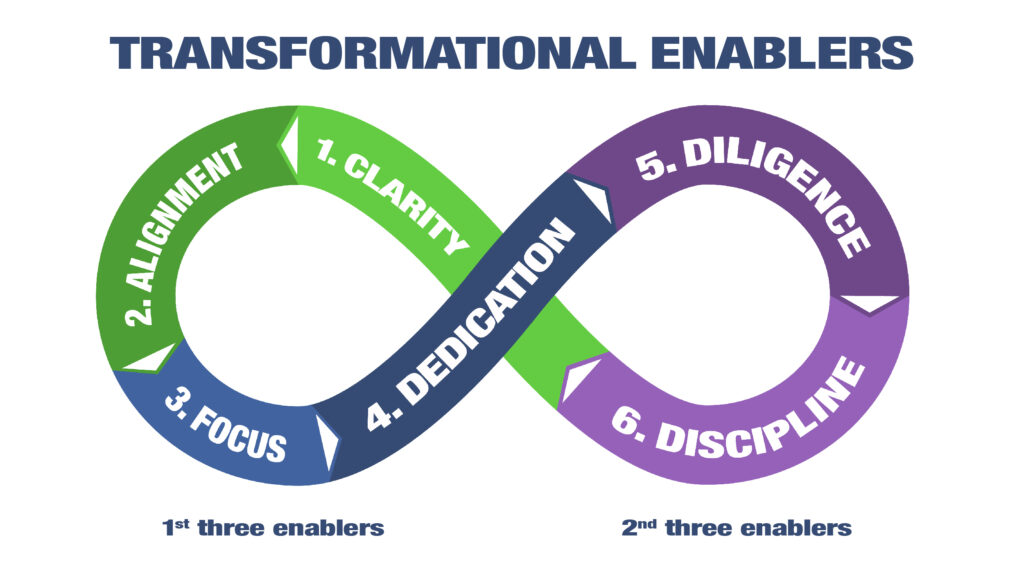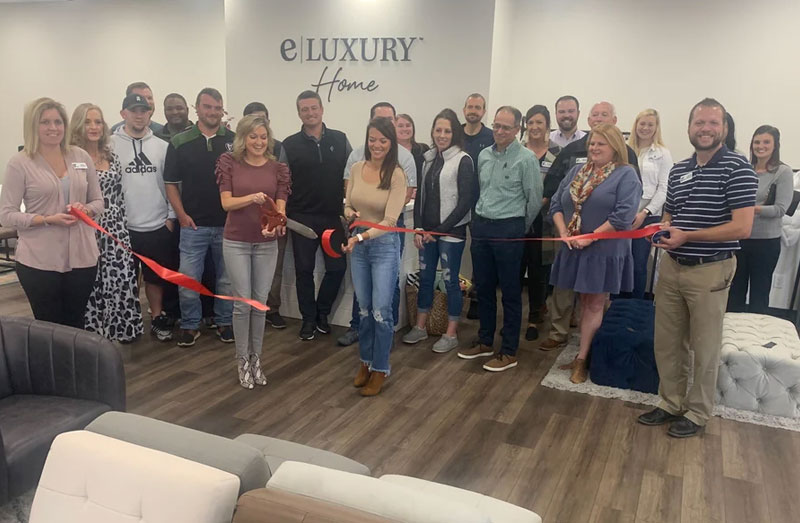BY: DR. CRAIG OVERMYER
It would seem impossible to prepare for and launch a new product by July 31, 2020! When most businesses were scaling back, Tom Ward and his team had a passion to live their shared vision and scale forward through a crisis.
Facing a global pandemic that resulted in an economic crisis that disrupted normal work at the office was the challenge Tom Ward and his Indianapolis-based team were facing. Yet, what seemed impossible became possible. Create and deliver the first viable products—a new invention—promised to clients.
DriBot, an innovative new flood prevention appliance—invented, designed, and manufactured by Tom Ward’s team at OmniSite—was birthed during one of the most challenging markets and under severe economic conditions. However, DriBot was conceived three years ago when times seemed normal.
It began with a vision that moved Tom—an inventor at heart—as he listened deeply to Mark and Melissa Wahl, founders of Cobblestone Homes, a builder of luxury homes in Saginaw, Michigan. Tom recognized their jobs-to-be-done: build luxury homes and keep the basements dry, even in Michigan.
Numerous lakes and a high water table creates havoc during rainstorms and floods basements in even the best-built homes. The decades-old technology or traditional sump pumps failed to be the answer for Mark and Melissa’s clients.
Tom put it this way: “Well, we were making alarm monitors for residential homes, and our customers often said, ‘Wow, I wish it actually pumped the water away. We really love your product, but it’s just a monitor.’ So, our DriBot engineering and manufacturing teams went to work on making a complete flood prevention system and made a new category for customers.”
The DriBot team of engineers faced many challenges and obstacles to invent a home flood prevention appliance. The pressure and the inability of the team to practice productive conflict resolution were just too tough for many key leaders to handle as the natural friction, confusion, and underperformance of rolling out a whole new appliance emerged.
That’s when Tom asked Mark Wahl for a referral for a business coach who could develop a team of leaders, who were healthy and aligned, and willing to hold candid conversations. Tom knew his team was friendly and tended to avoid conflict resolution. Tom was often sucked into putting out fires and dealing with unresolved conflict that left Tom being the “boss” and holding intense critical conversations. The team lapsed into becoming a dysfunctional team.
Tom engaged me as a Scaling Up Certified Coach to train and develop a cohesive team. When I interviewed three of the key leaders, the stress between them and Tom became apparent. As often happens, when leaders or employees feel like what they envision the company should be and where it should be going isn’t going to happen, they leave or are let go. Tom knew it was time to get the right seats on the bus filled with the right people having the right conversations. Thanks to Jim Collins, we know that who is in your bus—i.e., on your team—is the most critical decision to go from good to great!
Now, nine months later, Tom has filled the seats on his leadership bus with the right people who practice productive conflict resolution. His newly formed leadership team practices mutual trust, respect, and accountability.
Tom, reflecting on this journey of developing a leadership team, focused on a shared vision and said this: “I found out that running a company as we get bigger is a lot more about my relationship with the people than my personal skill as an engineer or a designer. So I think that was enlightening for me. I still like to be involved in things, of course, but I see the need to be much more of a leader than a designer. The scaling up system and the productive conflict resolution trainings help me understand how to be that person.”
As the first DriBots were manufactured in July 2020, Tom realized his whole culture was facing unprecedented challenges working from home and still staying true to the shared vision of delivering the first DriBots on time.
“Our culture is taking the steps to get from point A to point B,” said Tom, “by identifying obstacles that may be in our way and in crafting a shared vision. We needed a mechanism to follow up and hold one another accountable to achieve that vision. Everyone in the culture is taking the virtual training in Dr. Overmyer’s In-The-Moment Conversations. It helps us understand and communicate with each other at a whole new level of candor, and it provides us with the psychological safety to speak up.”
Tom recently shared this with me during a coaching session: “It’s a relief to have a method that teaches us how to get along with people and how to craft the shared vision that we actually believe in instead of having an ‘every man for himself’ mentality and going in a different direction.”
Reflecting on the need for developing the leadership competencies for everyone in his culture, Tom said the following: “Getting professional training keeps us aligned and working towards goals and having civil conversations. Even though we’re extremely busy, we clear our slate. When it’s time for the next training or coaching session, we are engaged. Why? Because we feel like, no matter how busy we are, we must keep getting better together.”
That is the power of a shared vision, passionate teamwork, and the willingness to practice productive conflict resolution when facing nearly insurmountable challenges.
When I asked Tom to share what he wants the readers of this article to take away, he said this: “We are living our shared vision, and even the pandemic and economic crisis have not stopped my team from delivering on our promises.”
This quote from a 2009 Harvard Business Review article by Jim Kouzes and Barry Posner gives perspective about Tom and his team’s journey of transformation: The only visions that take hold are shared visions—and you will create them only when you listen, very, very closely to others, appreciate their hopes, and attend to their needs. The best leaders are able to bring their people into the future because they engage in the oldest form of research: They observe the human condition.

